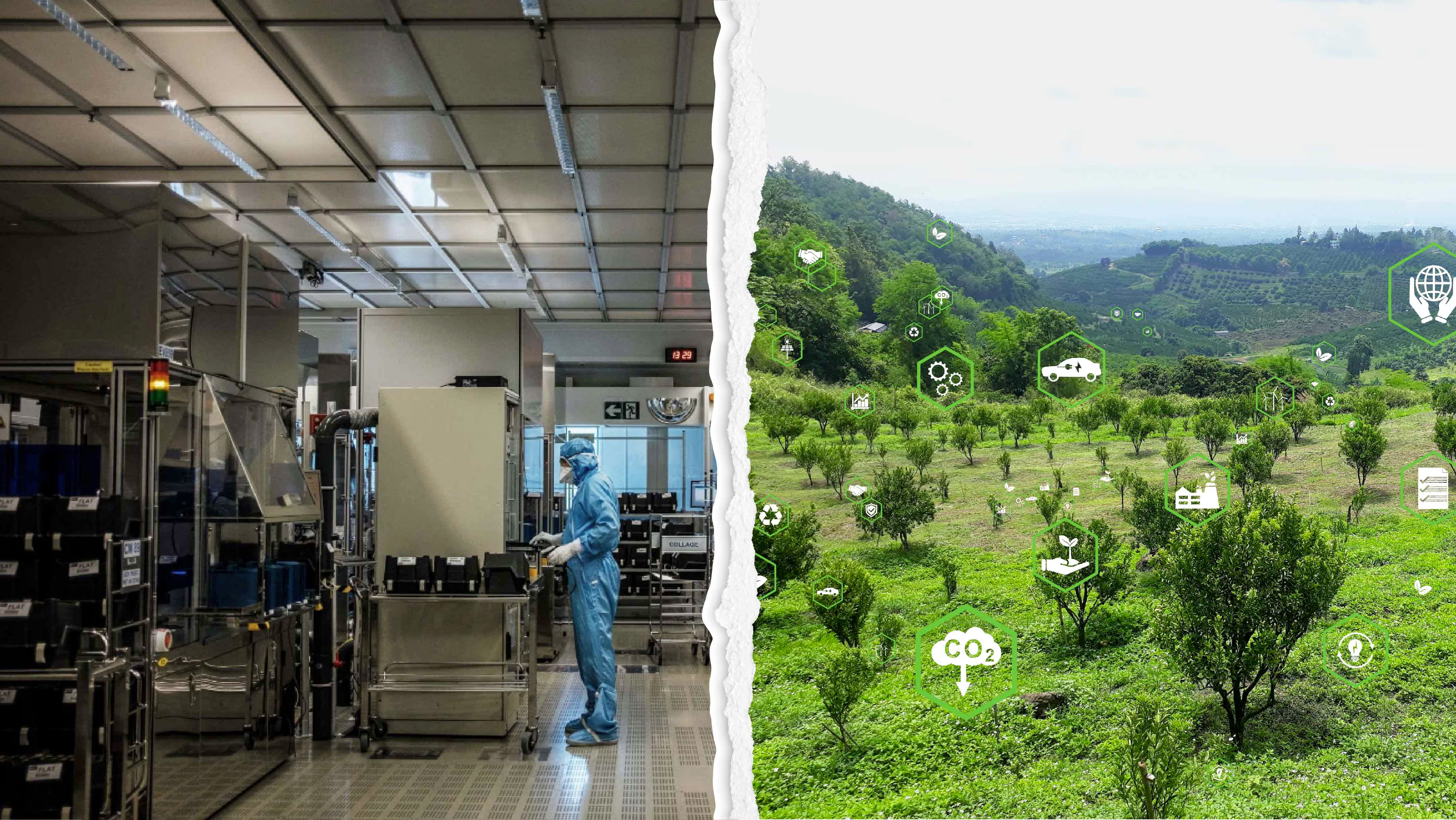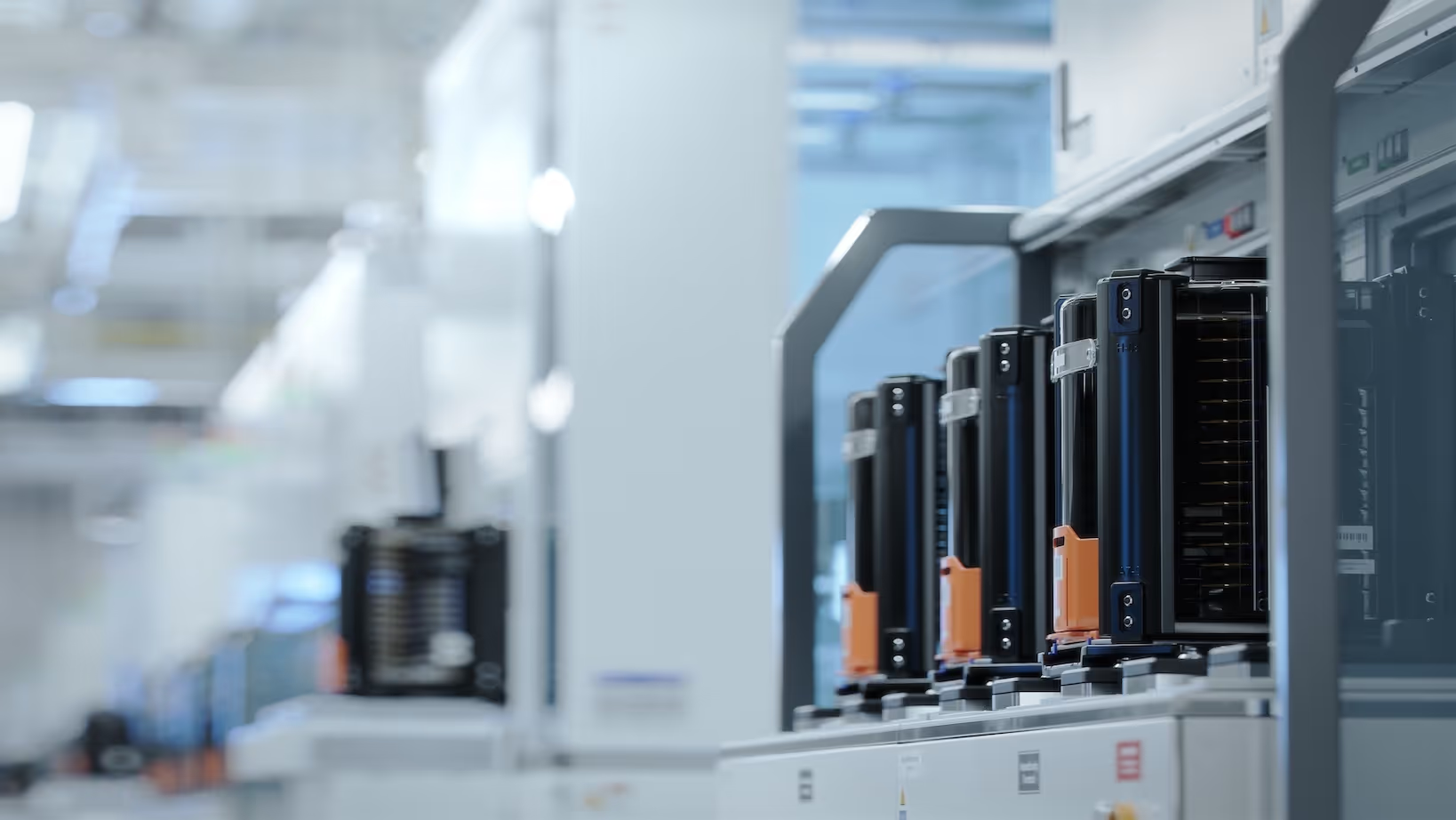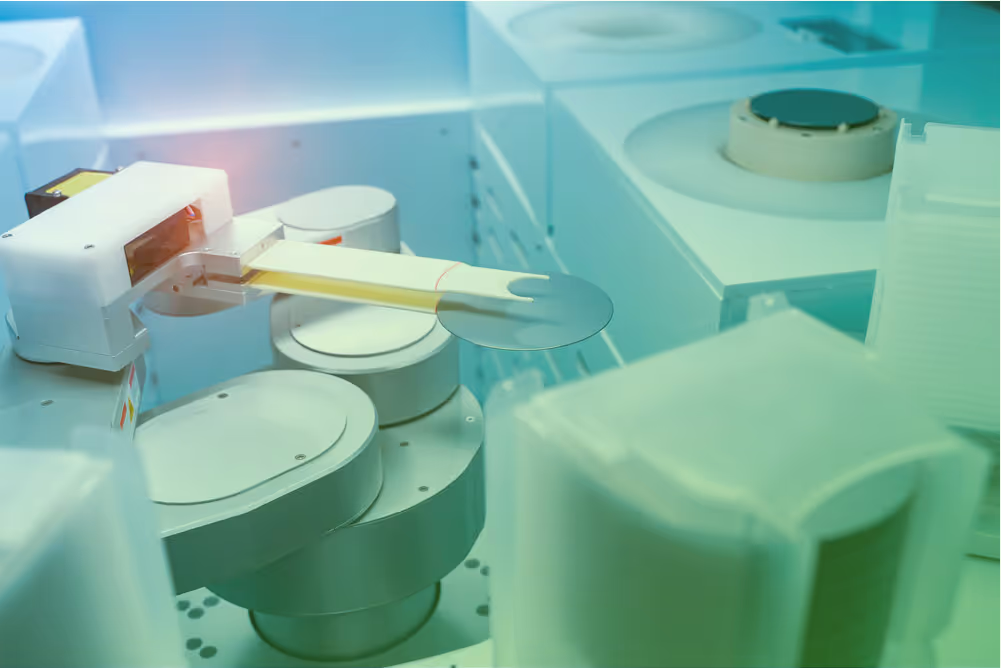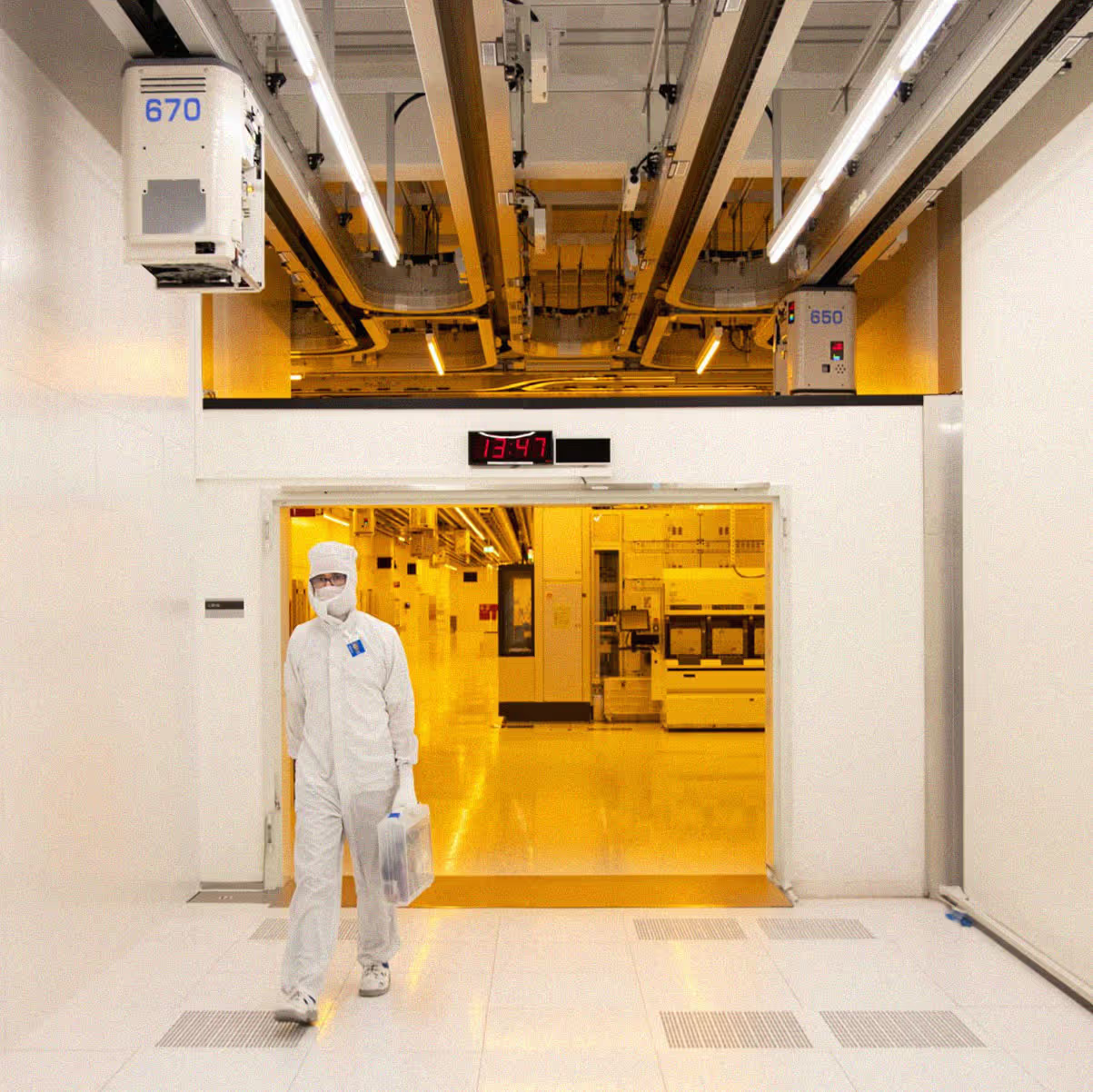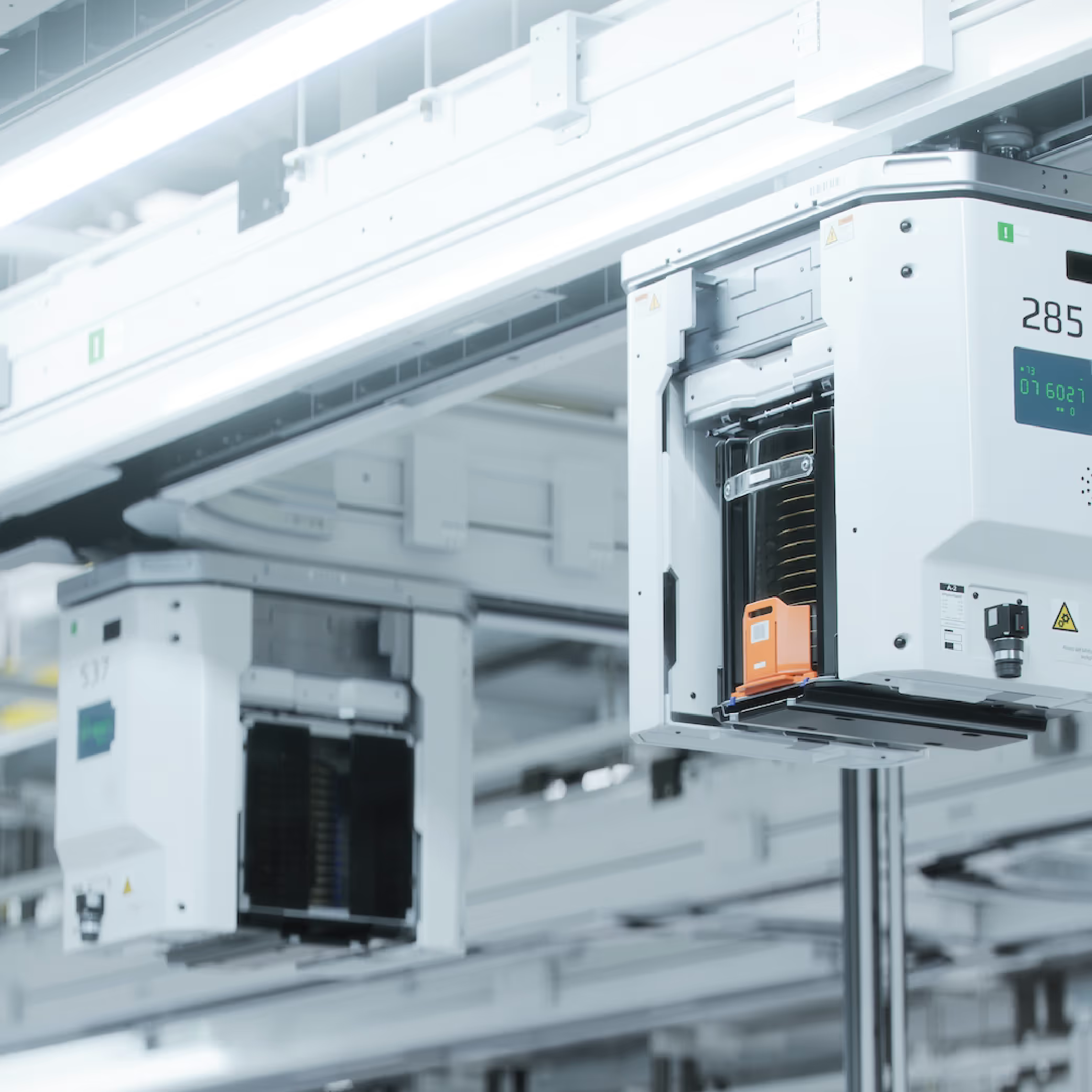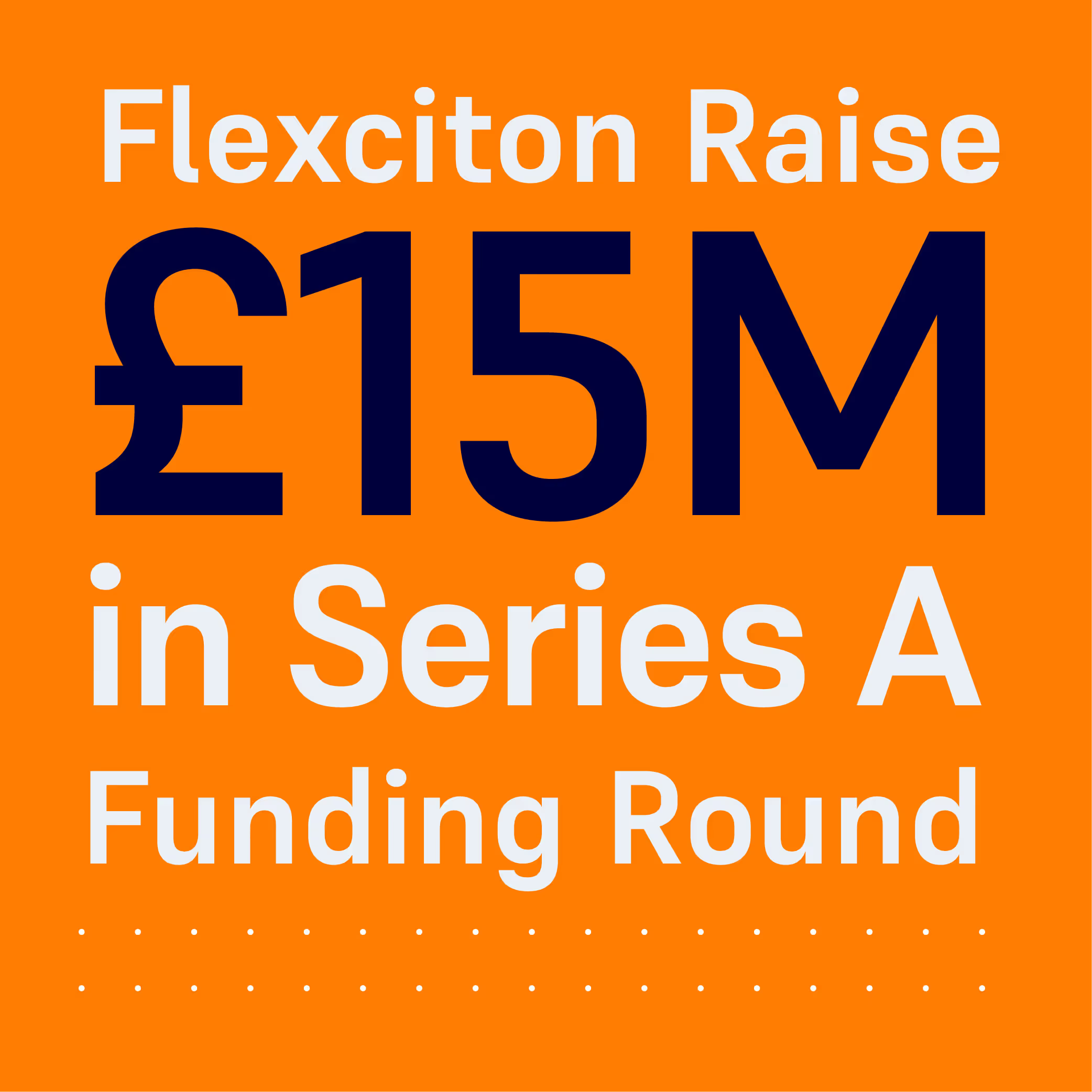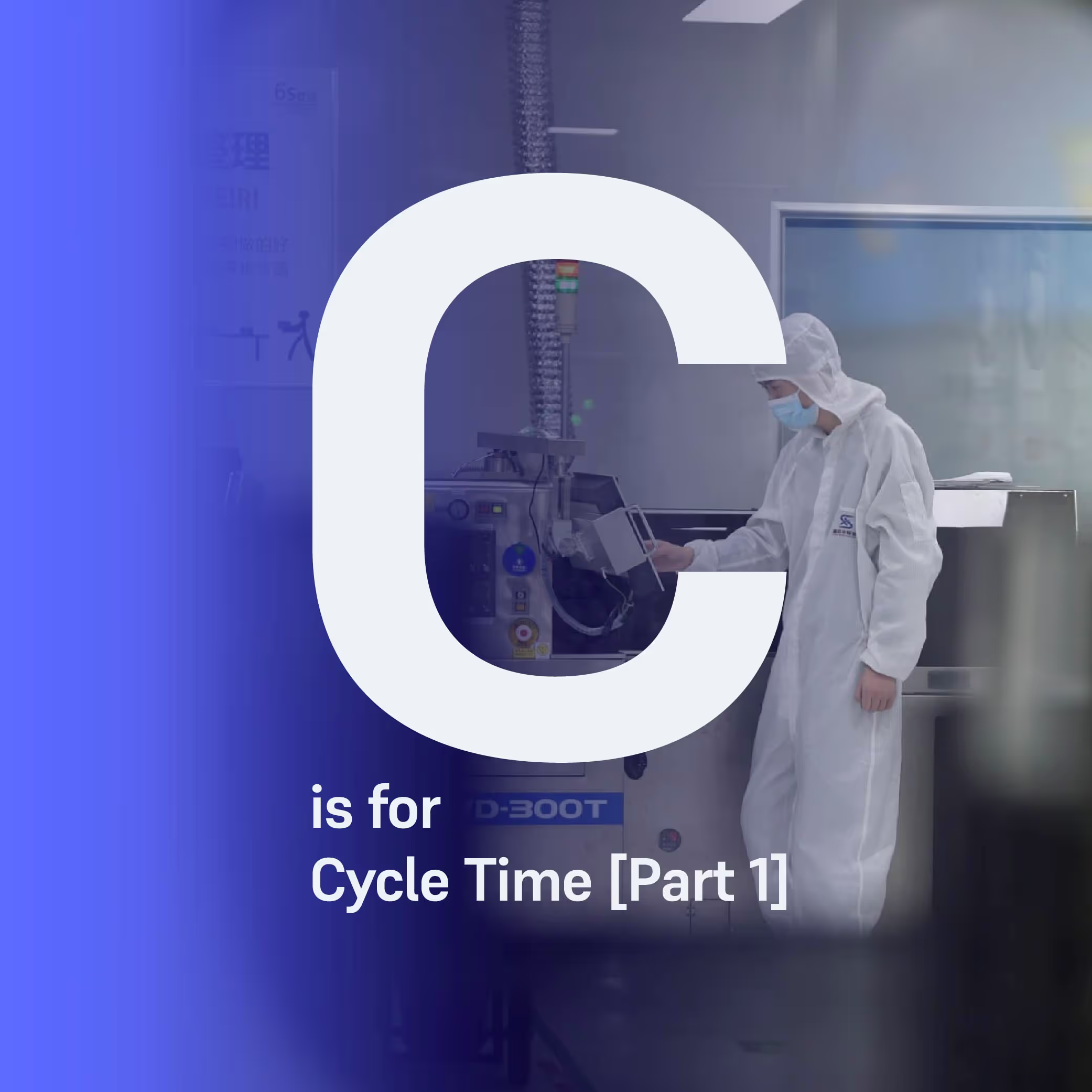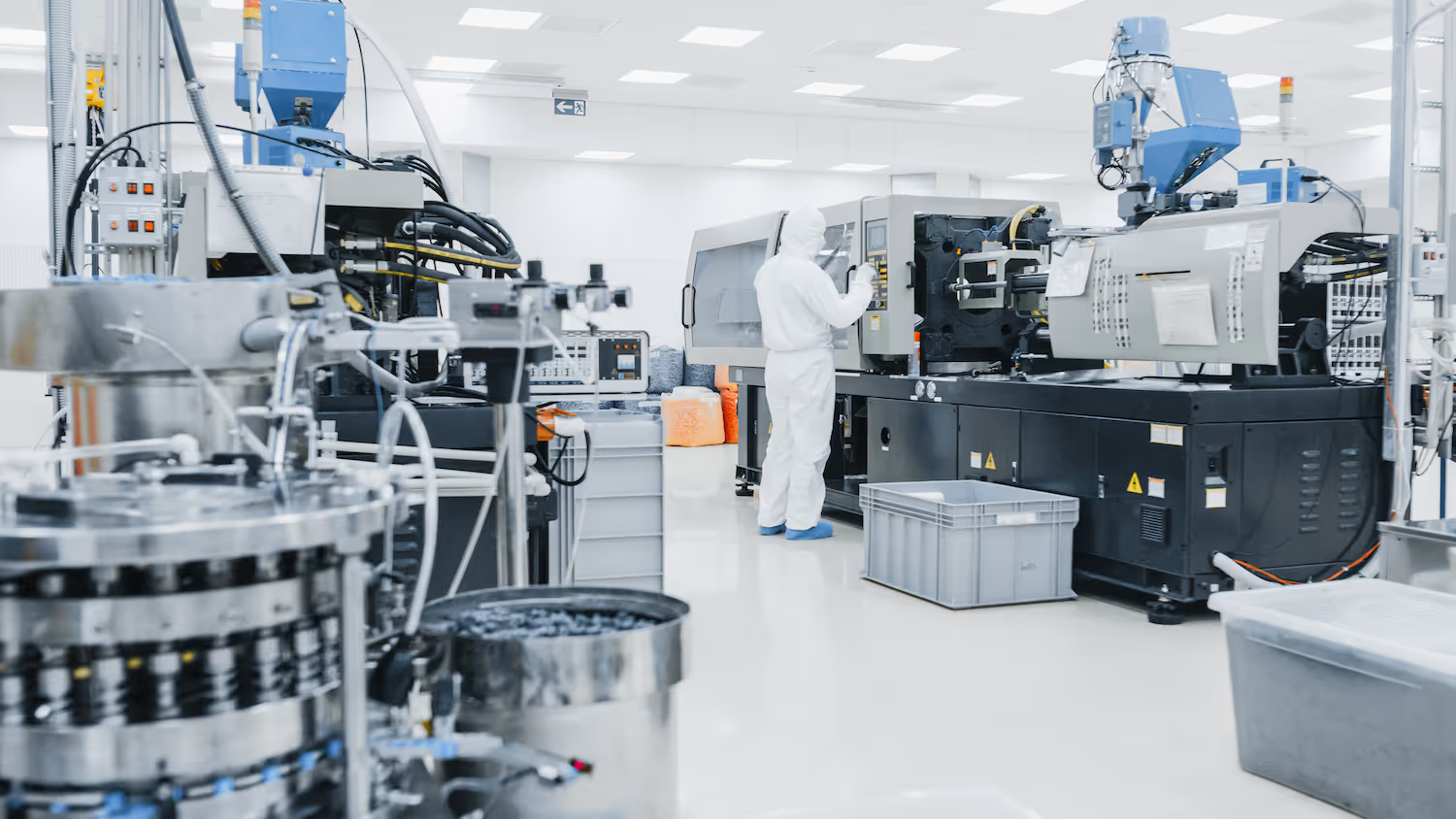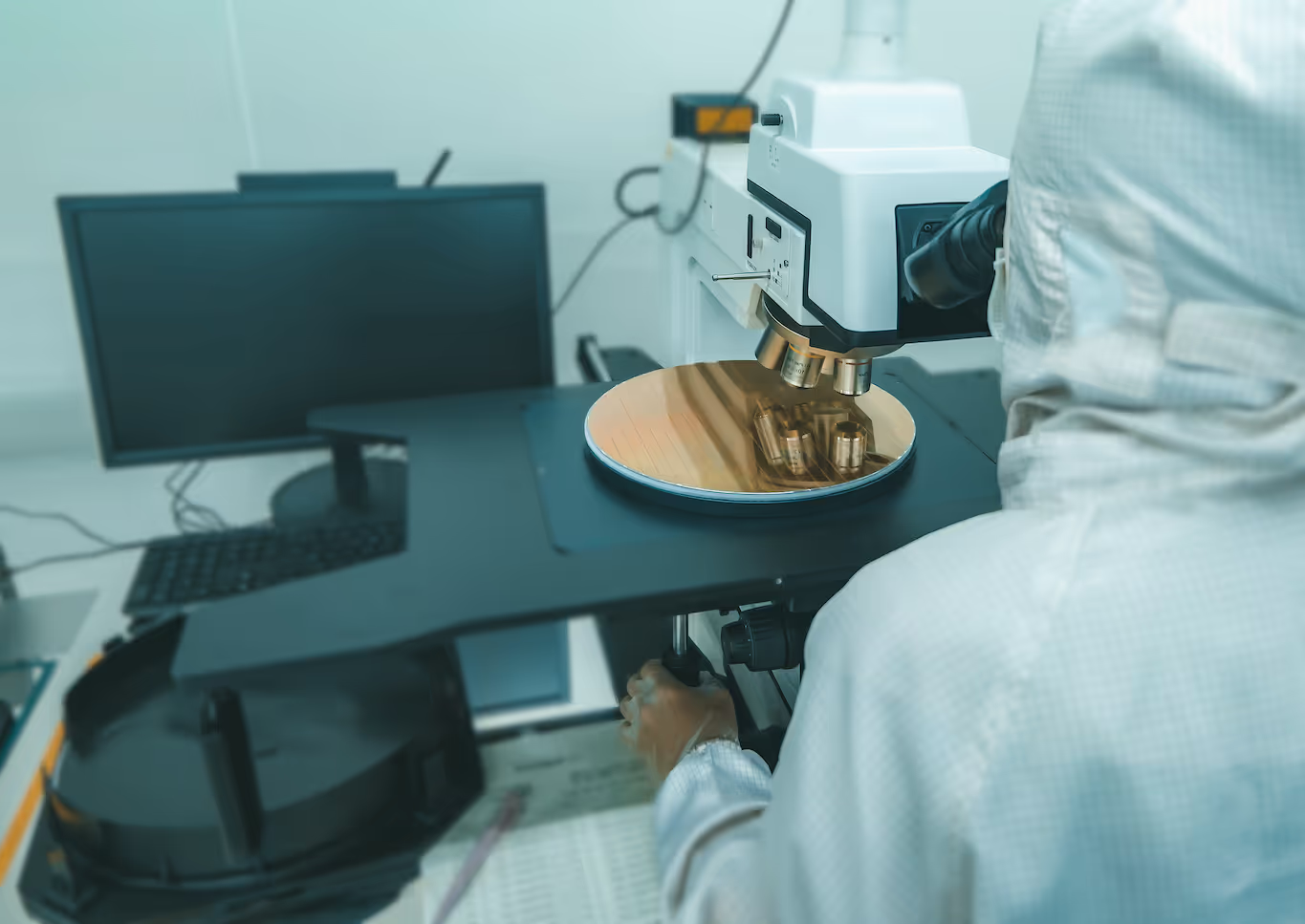EU Chips Act Proposes €43 Billion Of Support – But How Will It Be Spent?
The European Commission has set out an ambitious plan to double the EU’s share of the semiconductor market to 20% by 2030. But is increasing production capacity the way forward? In this blog, we look at where they should and shouldn’t be spending their money to achieve this aim.

The European Commission has set out an ambitious plan to double the EU’s share of the semiconductor market to 20% by 2030. But is increasing production capacity the way forward? In this blog, we look at where they should and shouldn’t be spending their money to achieve this aim.
A plan to boost competitiveness
The global chip shortage has kickstarted initiatives right at the top of Western politics, first in the US, and now in Europe. In February, the European Commission (EC) proposed a “Chips Act”, a series of measures designed to boost the EU’s competitiveness in the semiconductor supply chain and marketplace.
Currently, the EU’s share of the global semiconductor market is around 10%, which the EC proposes to double to 20% by 2030 by “mobilising more than €43bn of public and private investments.” Its ultimate aim is to “bring about a thriving semiconductor sector from research to production and a resilient supply chain.”
It’s a highly ambitious vision, and one that may be difficult to achieve given the position that Europe is starting from. Its share of global production capacity was 24% in 2000, but this share has been falling ever since, with European fabs focused on mature chip technologies rather than the more advanced chip architectures that will increasingly be in demand as industrial and consumer electronics devices become ever more sophisticated. In fact, according to ASML, the Dutch chip manufacturing equipment maker, Europe’s share of production could drop to as low as 4% if the industry doubles in size to $1 trillion by the end of the decade as predicted.
While it’s heartening to see the EC being prepared to give this level of support to the semiconductor industry in Europe, it’s important that the money is invested in the right areas if they’re to get anywhere near that 20% target. For instance, trying to compete in production capacity alone is a high-risk strategy – not only is building chip fabs from the ground-up an incredibly expensive undertaking, but the current supply of mature chips comes mainly from fully depreciated fabs in other parts of the world which have already absorbed the massive costs involved. This makes it very difficult for Europe to compete directly in the production market just by building new manufacturing facilities.
Strength in R&D and advanced tools
However, Europe retains a strong position in the semiconductor market in the areas of R&D and manufacturing equipment. In recognition of this, €11bn of the EU Chips Act investment has already been allotted to the Chips For Europe Initiative, which the EC says, “will be made available to strengthen existing research, development and innovation, (and) ensure the deployment of advanced semiconductor tools, pilot lines for prototyping, testing and experimentation of new devices for innovative real-life applications.” This is significant, as it acknowledges that the equipment and infrastructure underpinning the chip supply chain is just as important as square footage of production facilities.
Another important element of the EC’s proposal is its commitment to create a €2bn Chips Fund to “facilitate access to finance for start-ups to help them mature their innovations and attract investors.” This recognises that, while the industry in Europe already has a robust R&D tradition, it’s vital that innovation continues to be encouraged and supported, and ideally, that should include new approaches and applications from outside of the traditional semiconductor ecosystem. The industry shouldn’t assume that the best solutions will always come from within, and the Chips Fund will hopefully acknowledge this.
Given the expense of both setting up and running fabs, and the general issues that the semiconductor industry currently faces in terms of production and capacity, anything that can be done to make Europe’s existing chip facilities more efficient and cost-effective should be vigorously supported. Investing in smart technologies that can help Europe's facilities optimize capacity and production cost should be equally important as funding new fabs.
Early movers offer proof of concept
Many facilities around the world still rely on people to make production decisions, yet there are far too many variables involved in the manufacturing process for the human mind alone to always arrive at the best possible outcome. However, early movers in the European chip industry are already embracing new methods of scheduling in fabs, using AI-based tools to radically improve and automate real-time decision making. These companies are seeing efficiency improvements of up to 10% in their operations, which represents a significant expansion of their current capacity.
These early movers and the results they’re seeing represent an important proof of concept for new types of manufacturing technologies, and potentially position Europe as a global leader in this field. Rather than try to compete in terms of production itself, European-developed software and AI-based applications can increase the region’s market share and profile. The advanced scheduling technologies created here could ultimately accelerate fab operations across Asia and the US, helping them to realise new efficiencies and get the global supply chain working properly again.
Flexciton welcomes the EU Chips Act proposal as a much needed intervention at a time when the European semiconductor industry is at a crossroads. Europe can competitively increase its production capacity. Building new fabs remains a key stepping stone towards achieving this goal. However, getting the most out of facilities – both new and existing – by optimizing their operations via advanced manufacturing technologies should also be considered a critical initiative. But the greater prize still is for Europe to help fully commercialise these technologies and sell them to the rest of the world – this is the best path for the region to once again grow its global footprint and semiconductor market share.
More resources
Stay up to date with our latest publications.





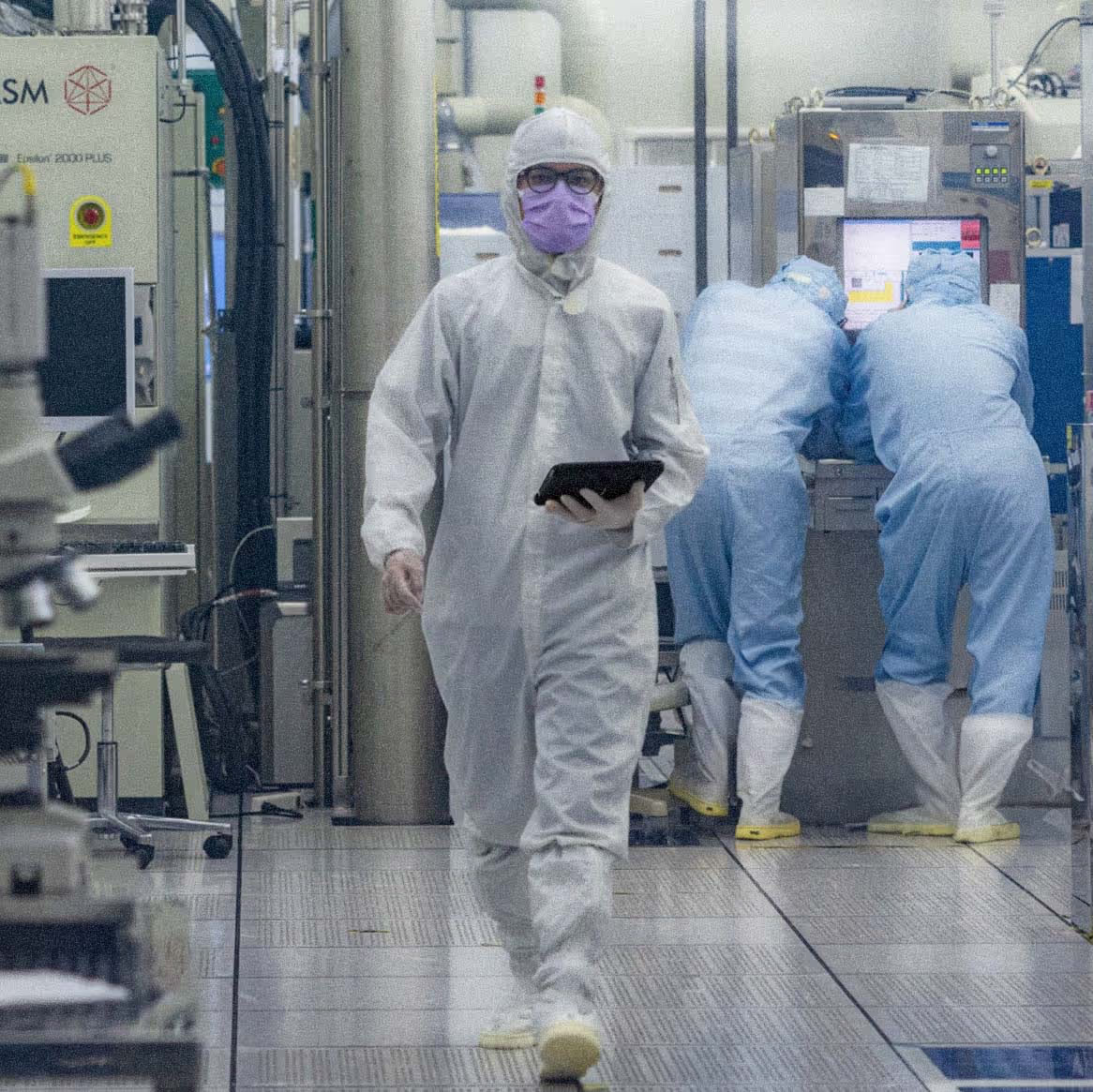
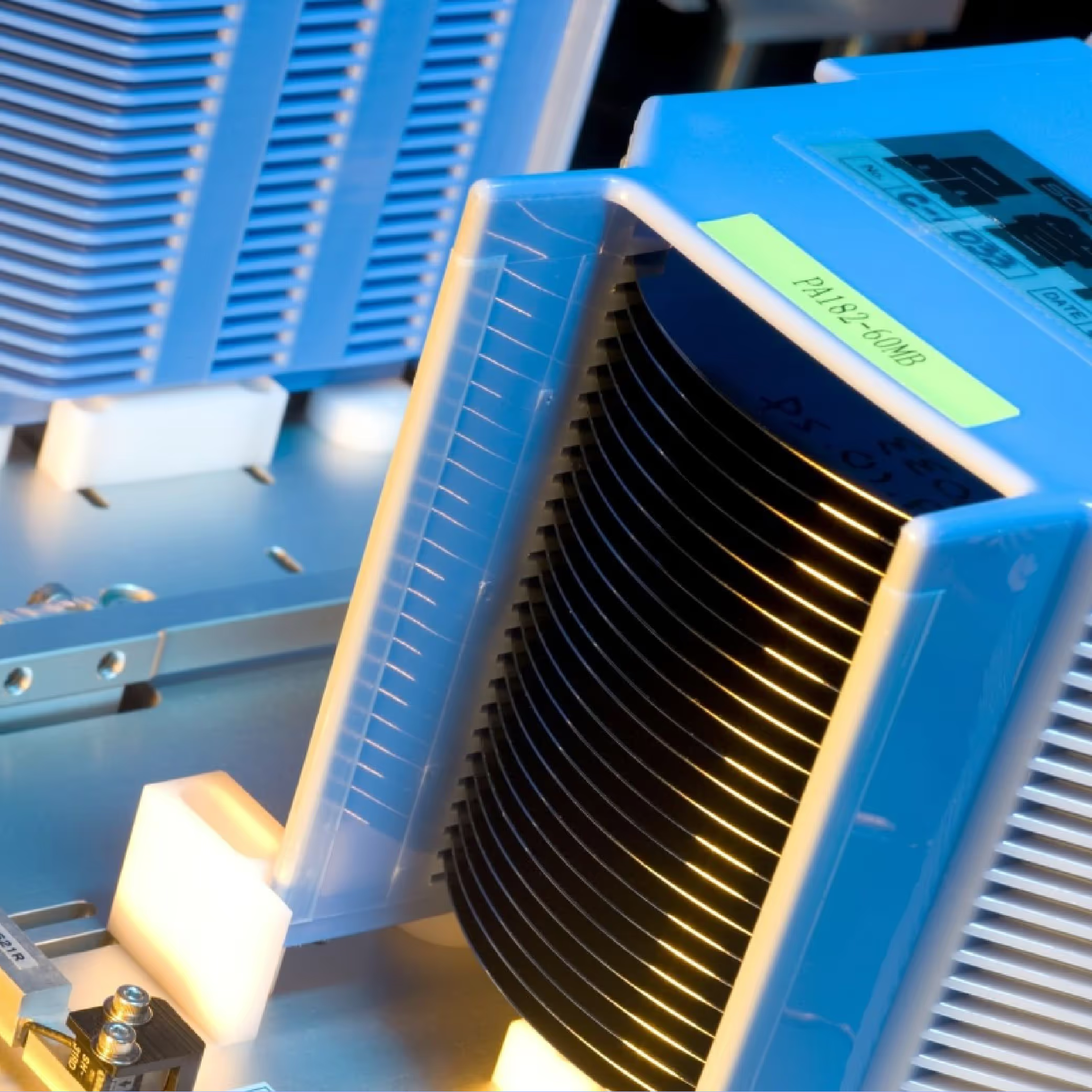
.avif)
.avif)
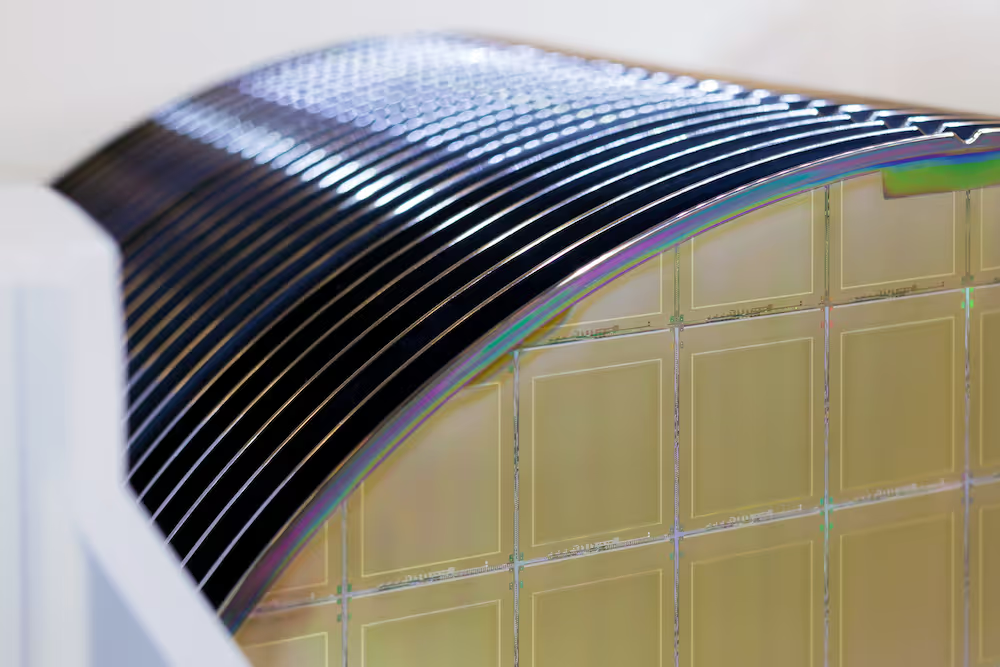


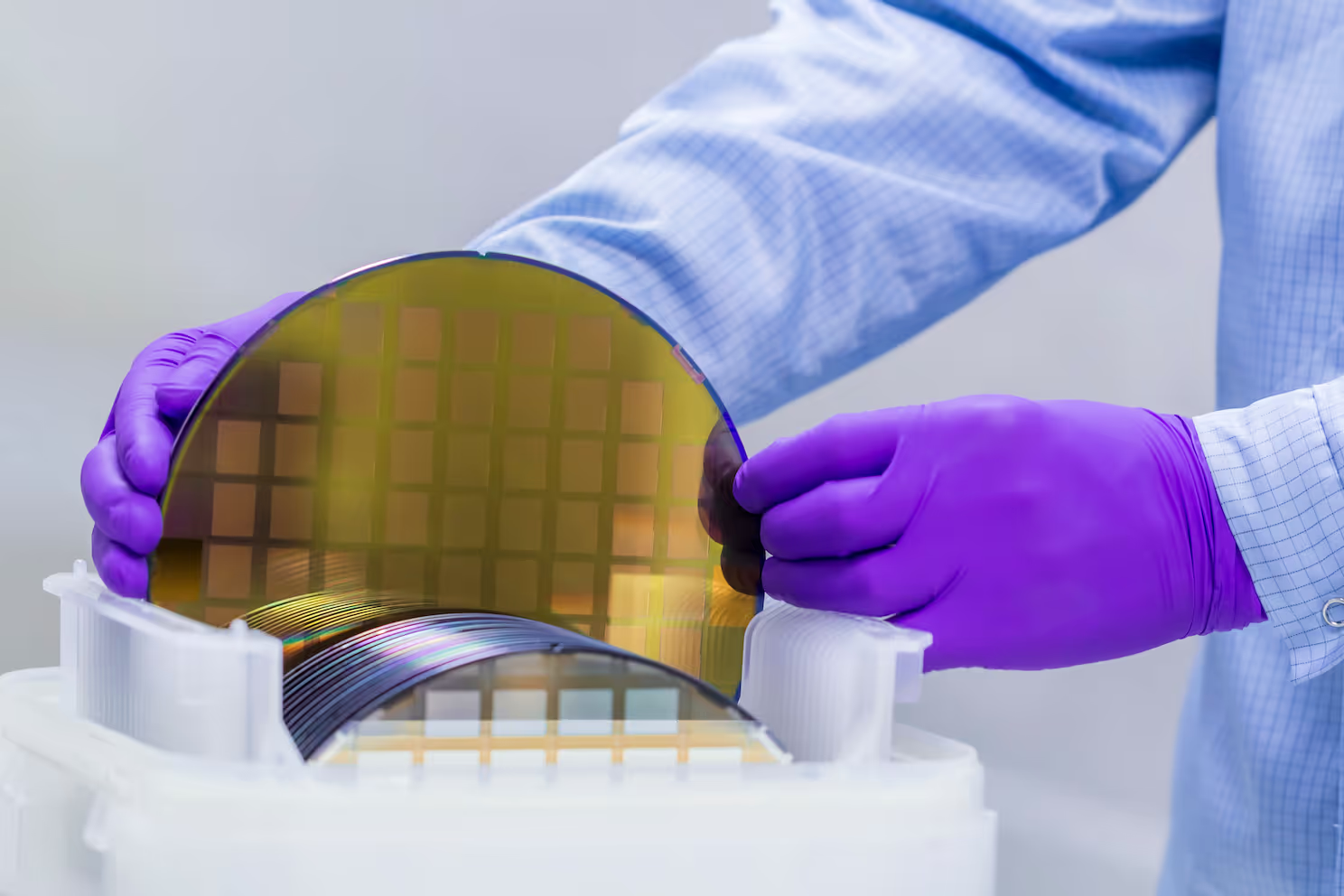
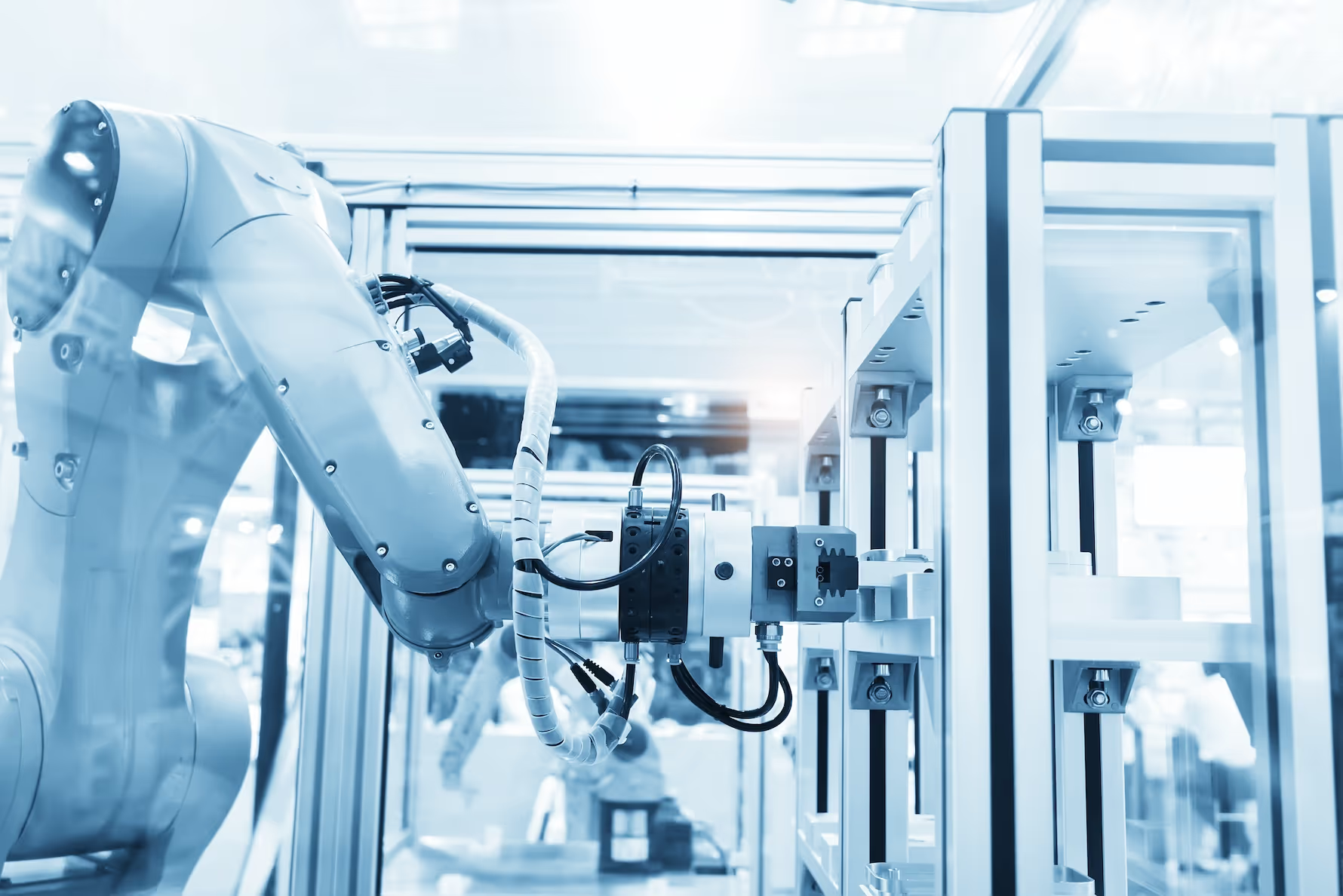











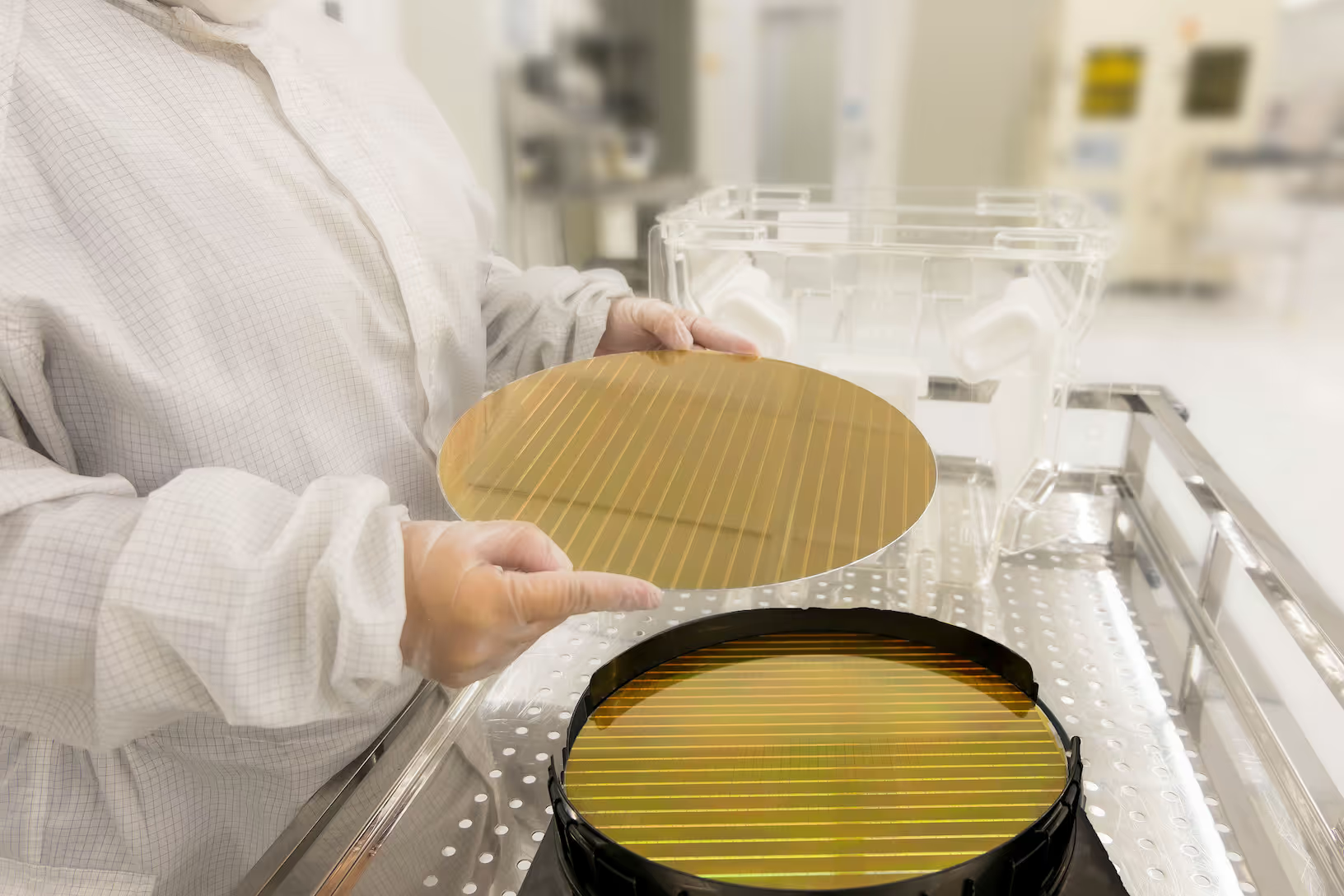

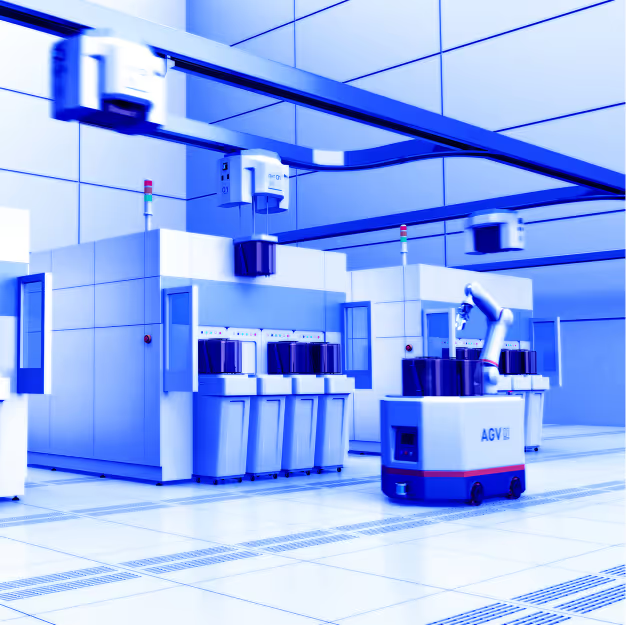
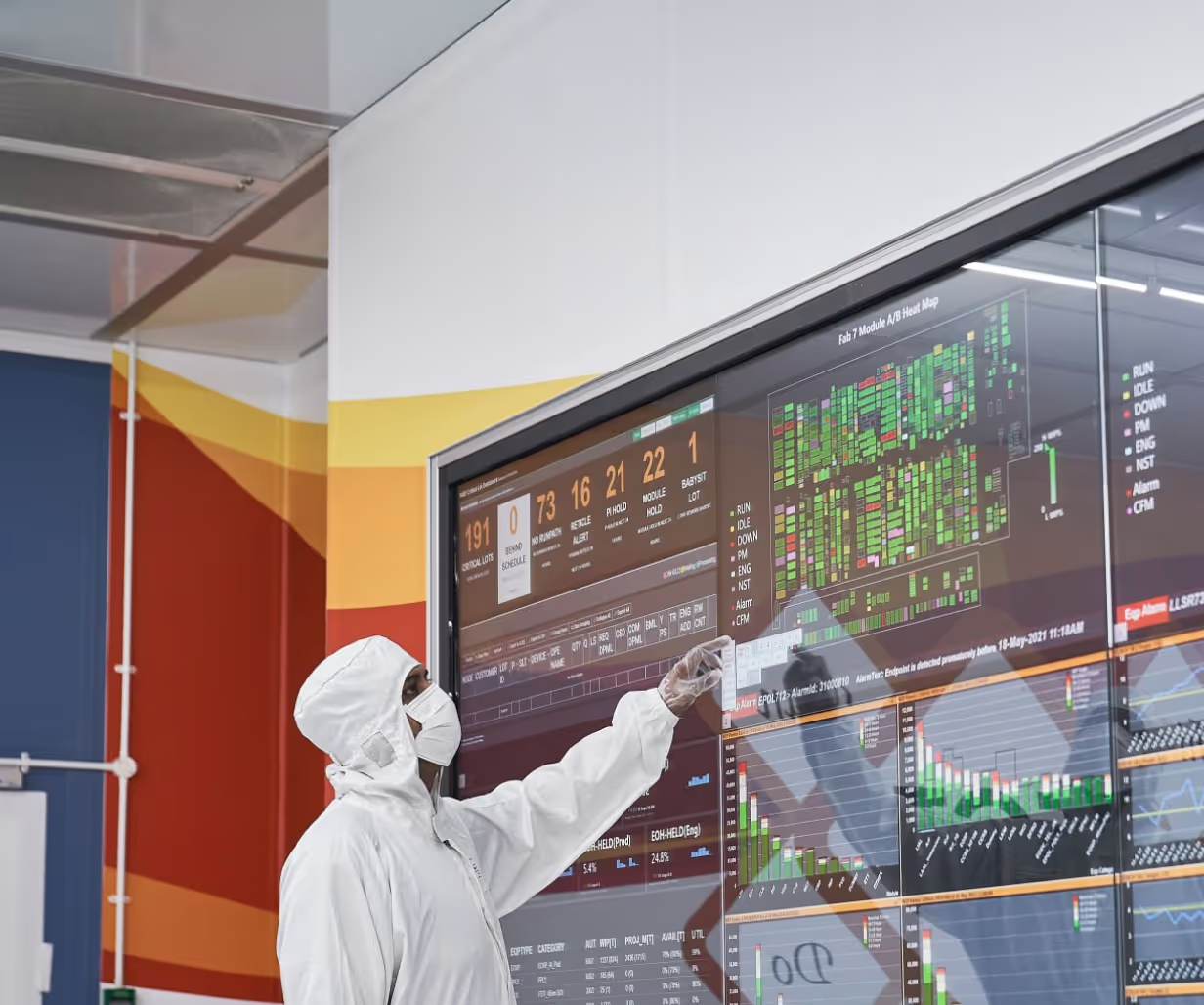


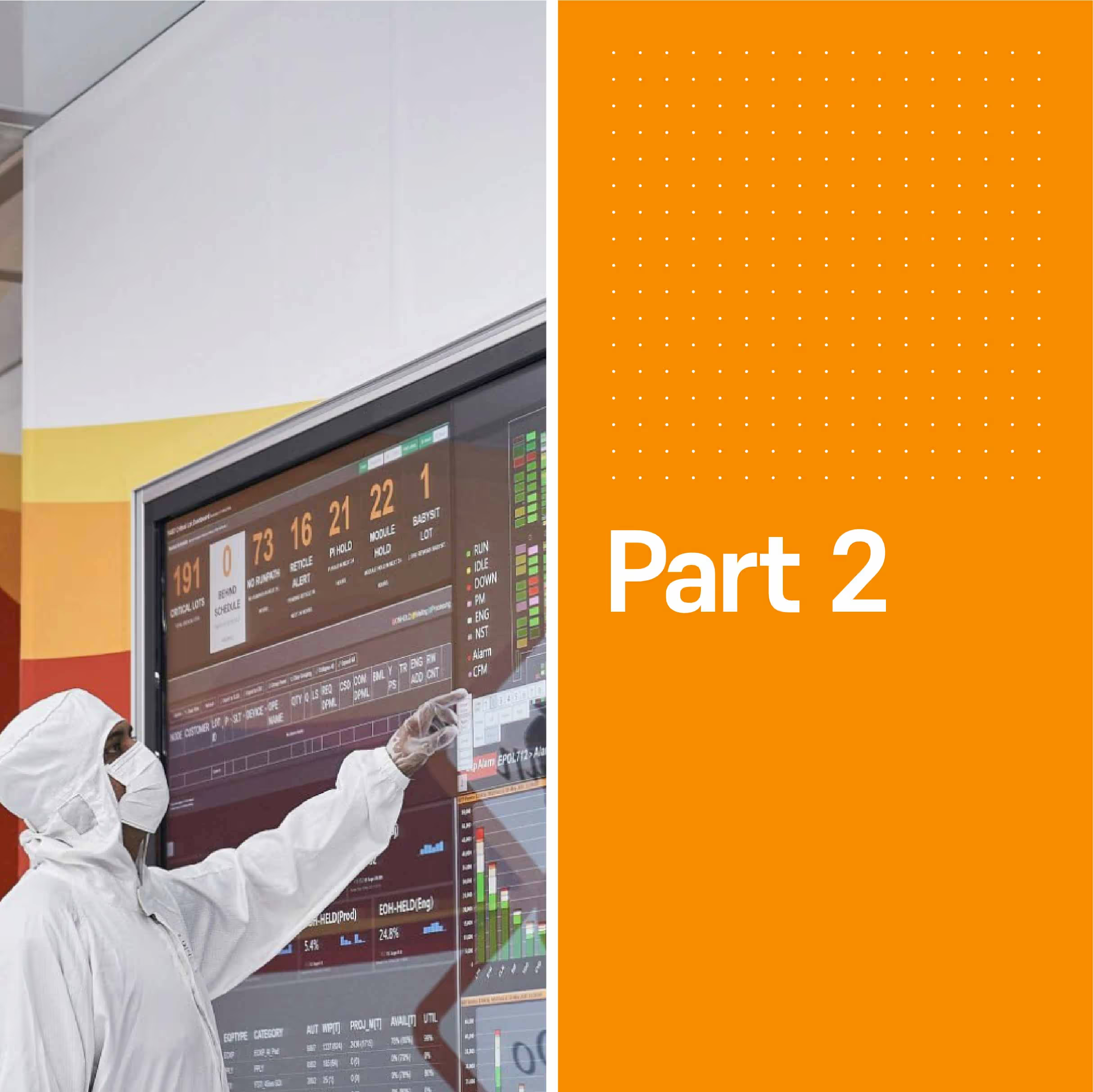

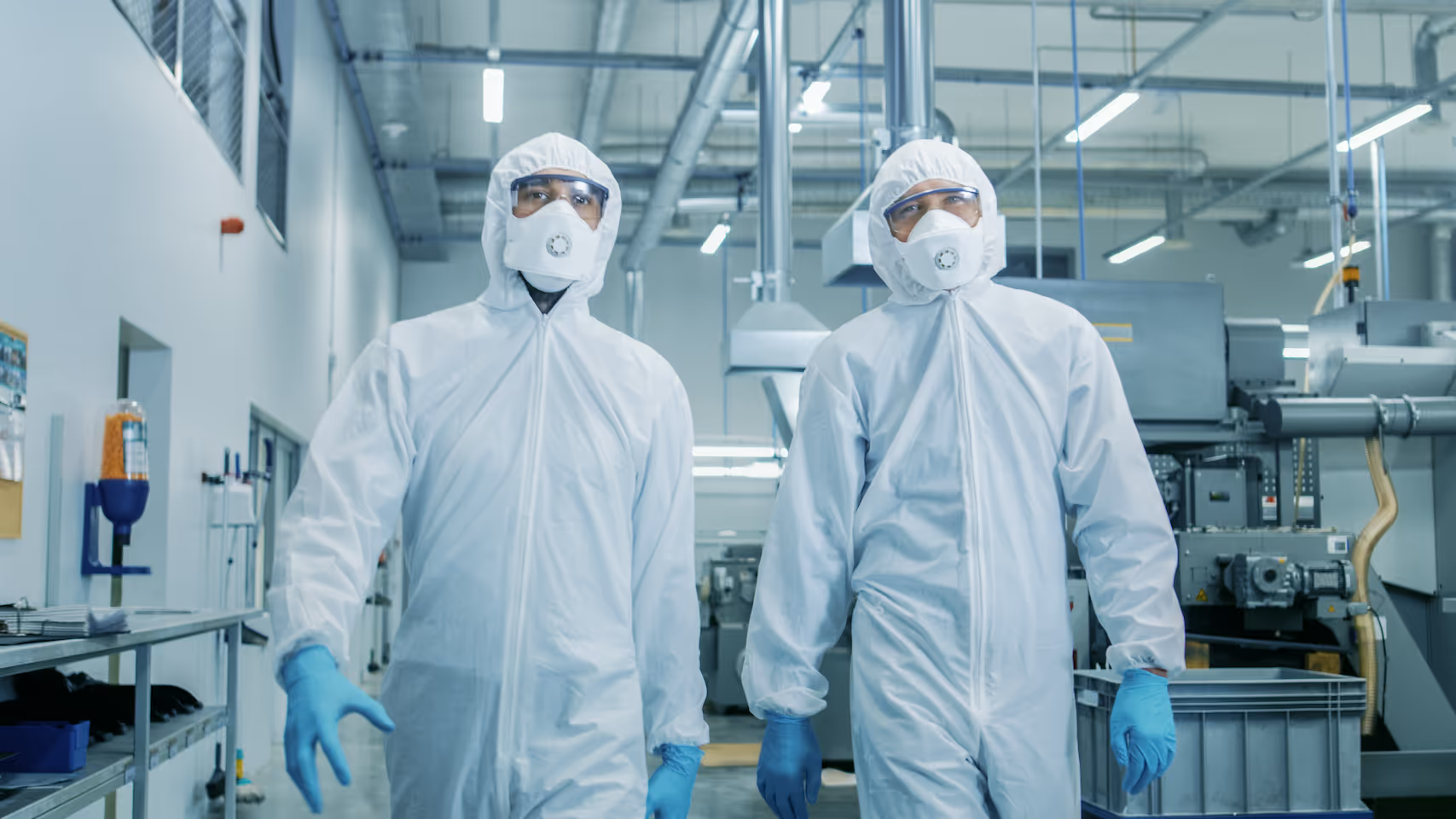

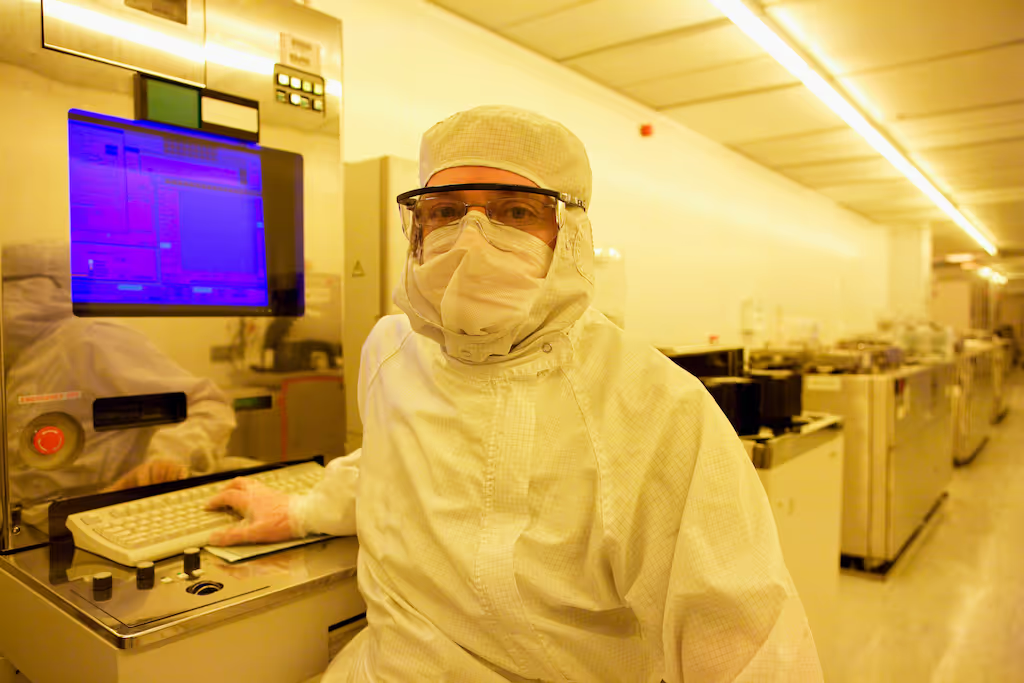
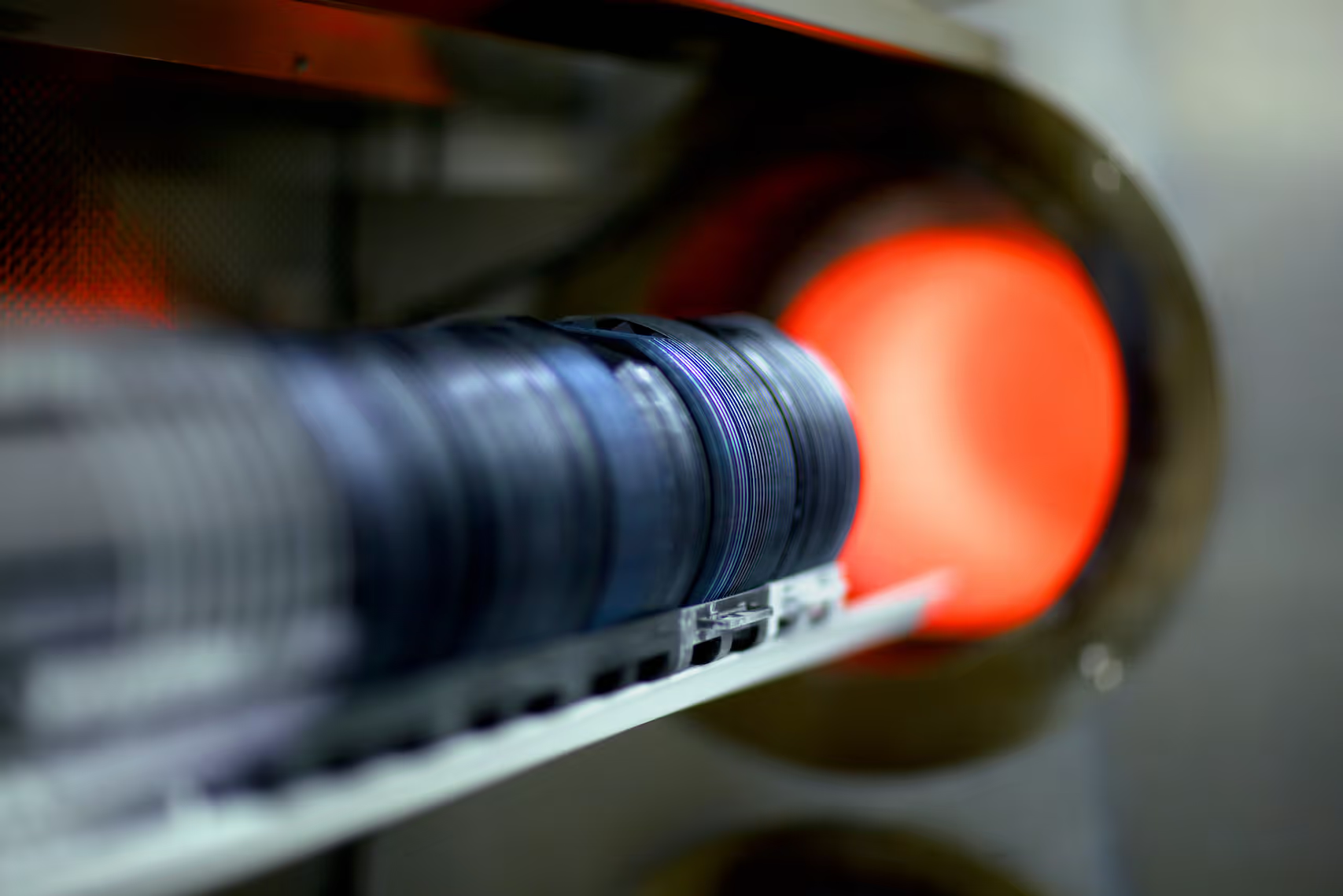
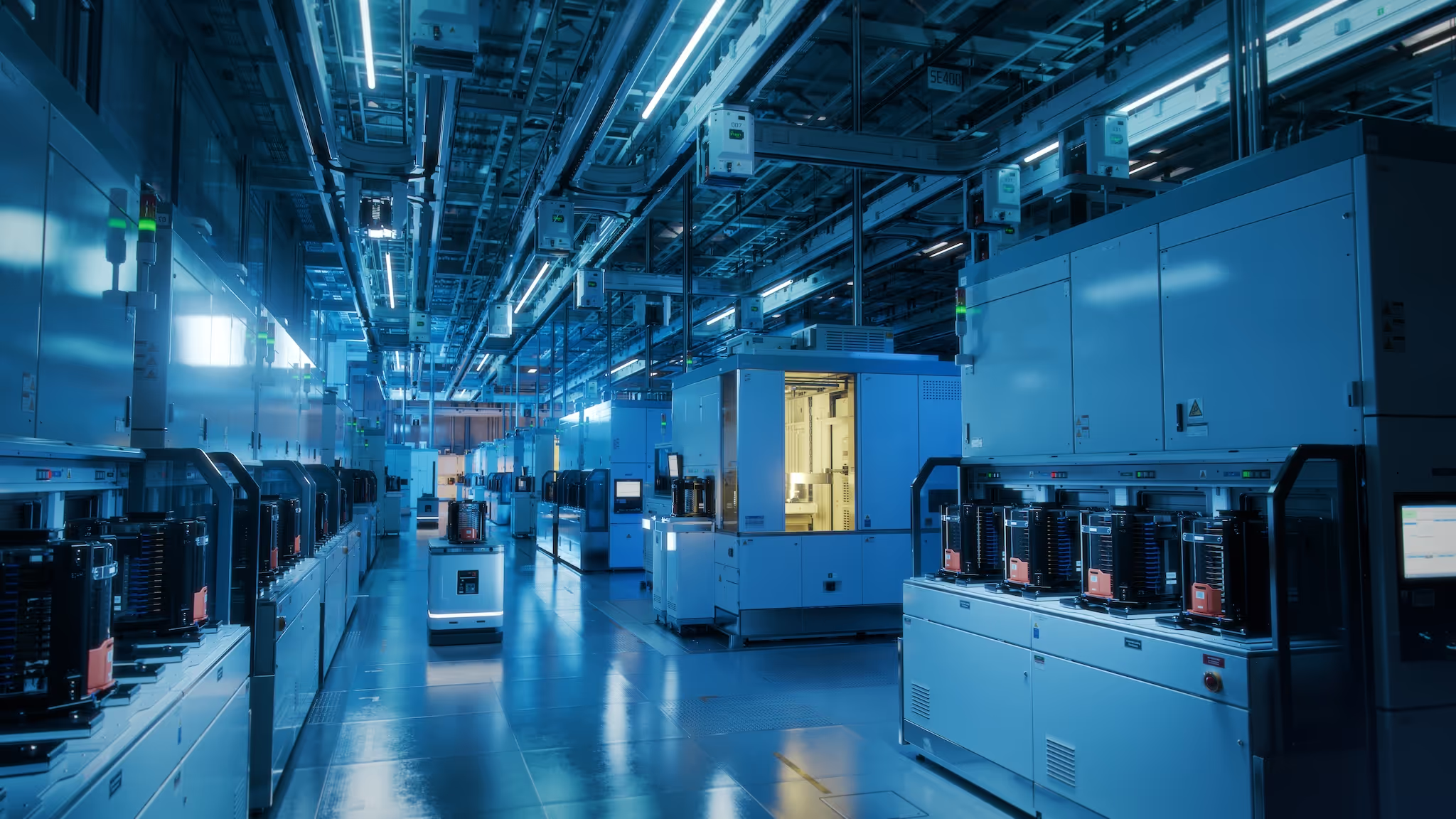

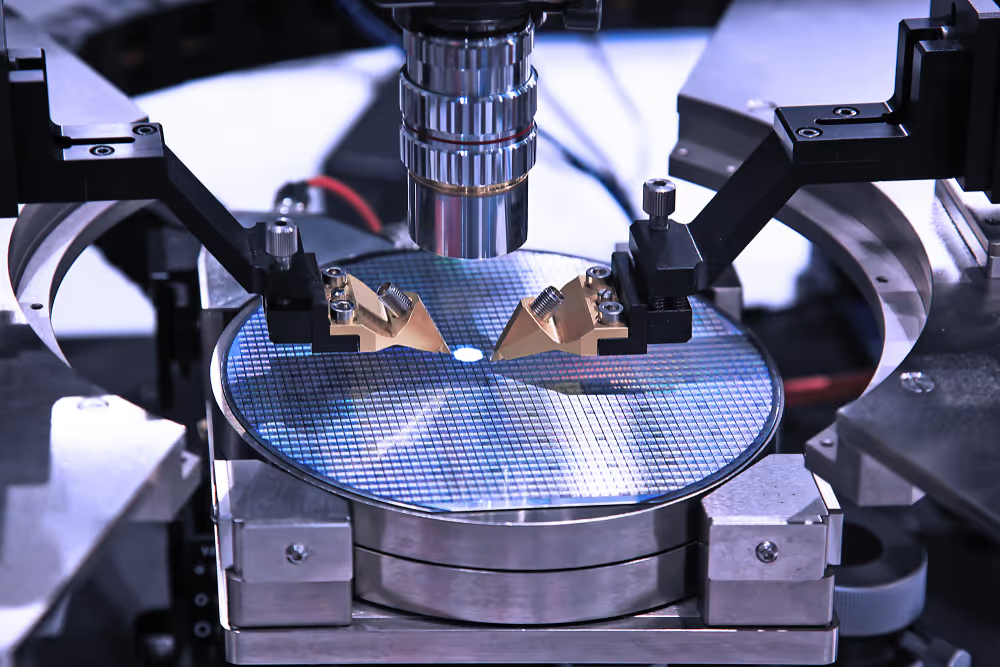
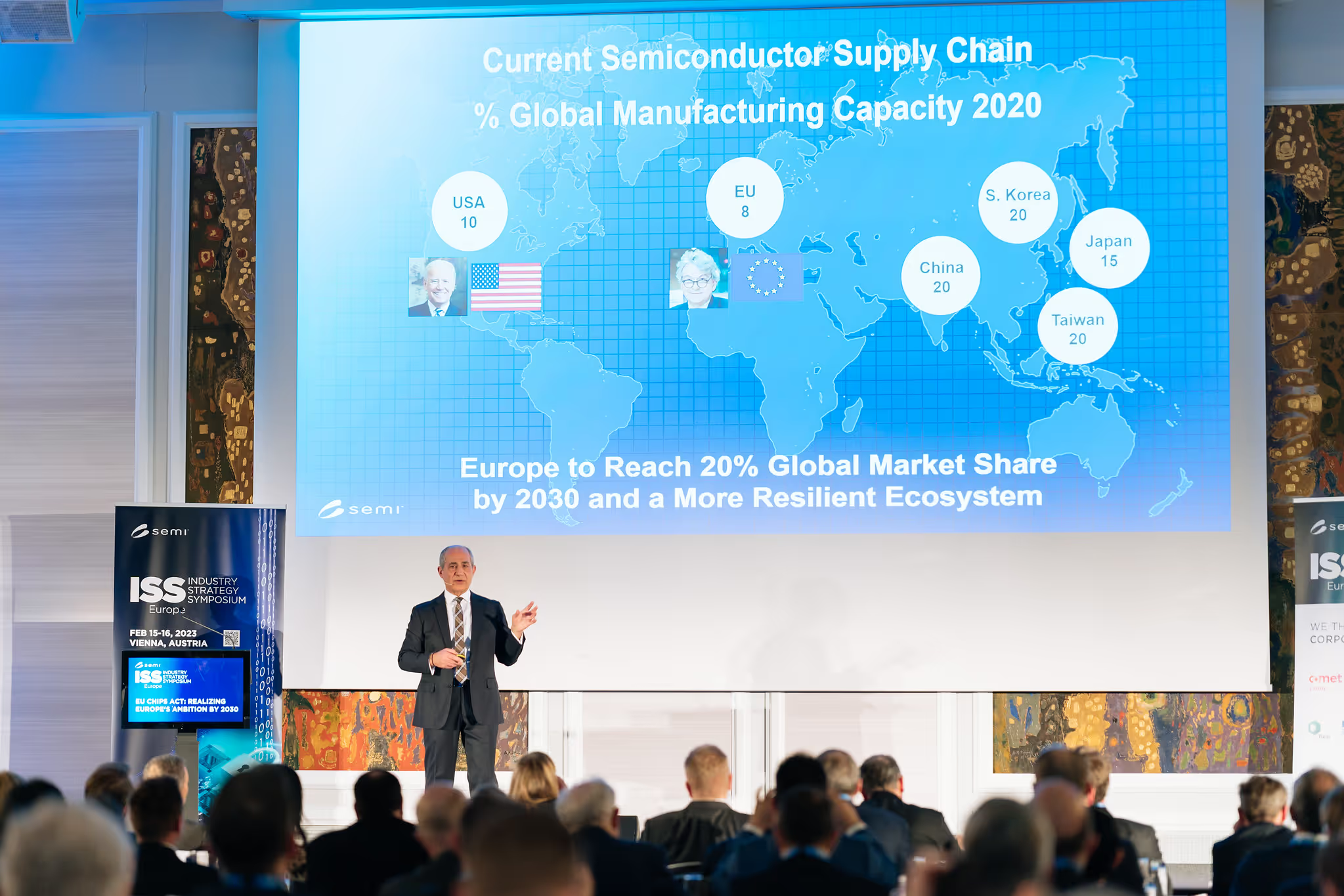
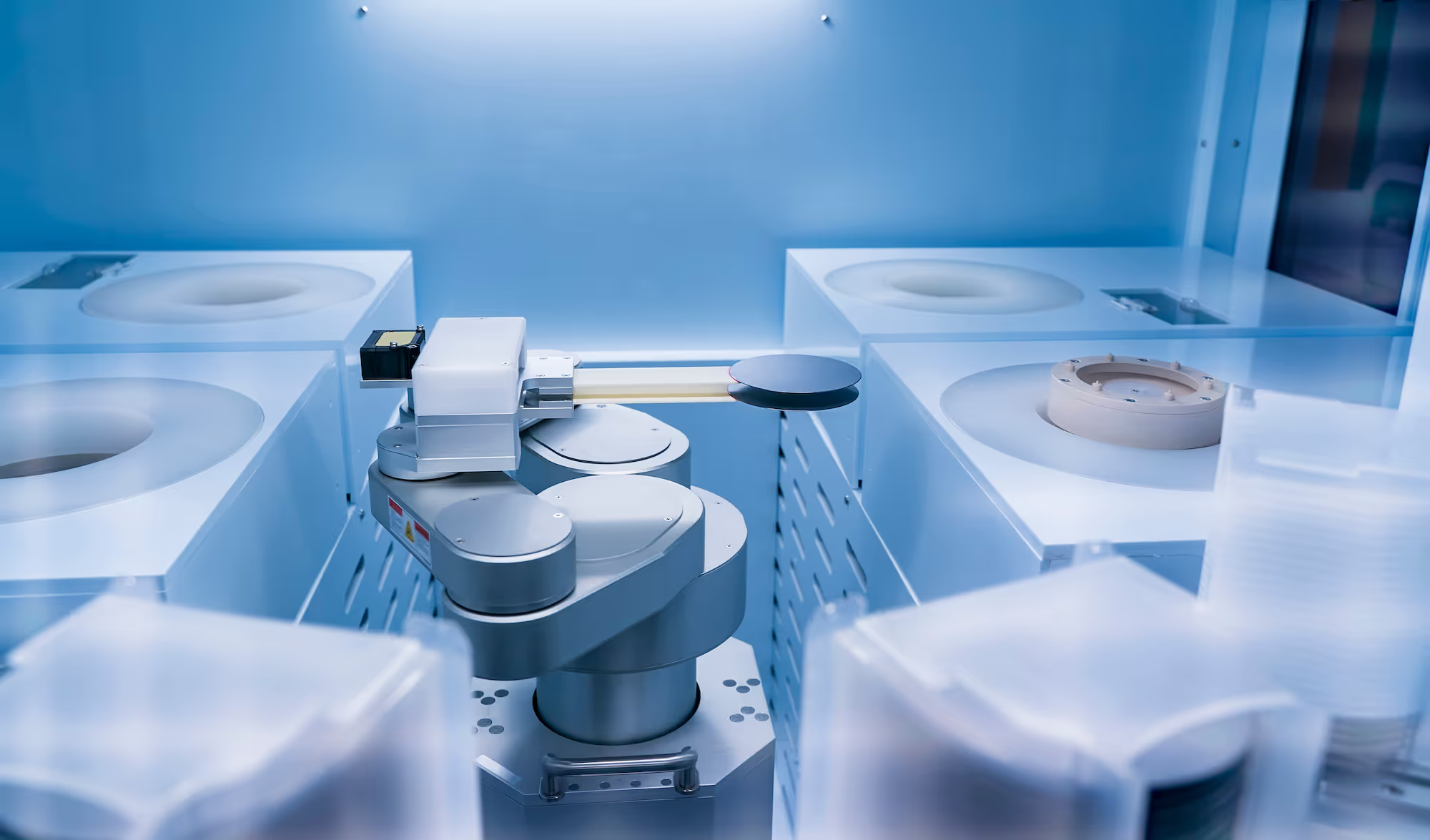
.avif)
